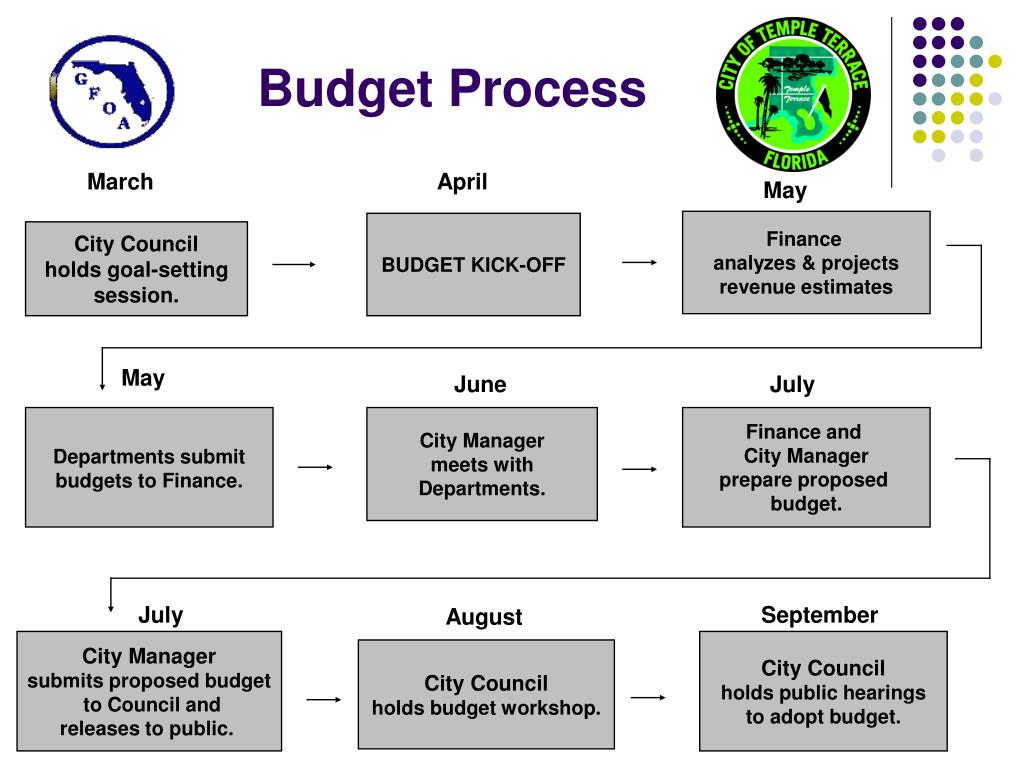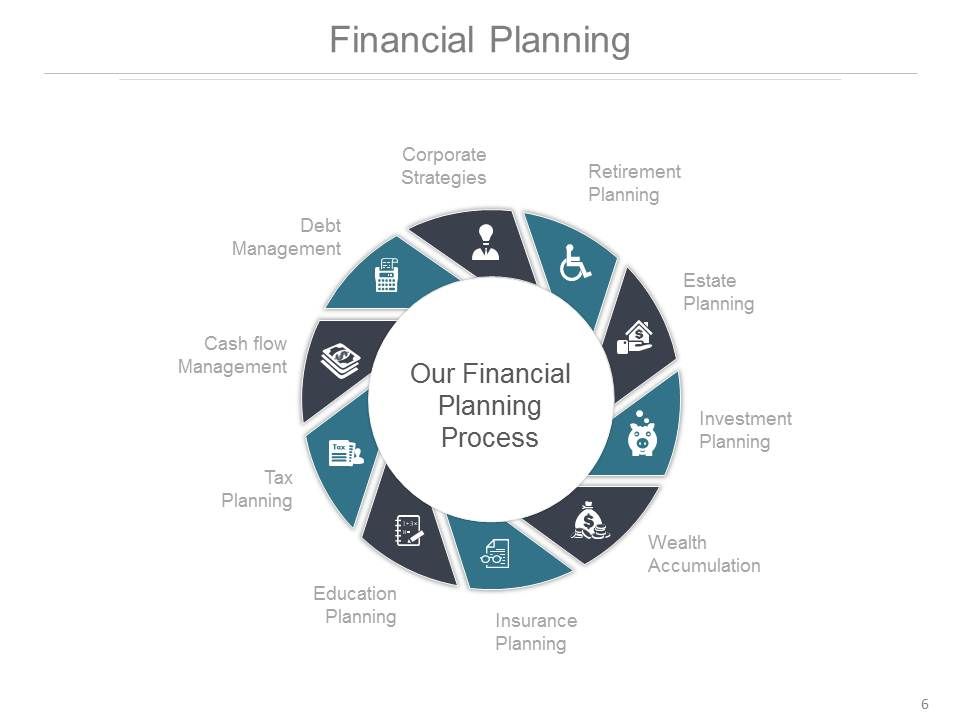

There are two components to cash flow: customer payments and vendor payments. This information is needed to get a real picture on how your business is faring, allowing you to increase profit and reduce costs. The best way to do this would be to list out the cost of goods sold for all materials and deduct them from the overall sales revenue. This tells you that you must identify the expenses that are not benefiting the business in any way and eliminate them. At the end of the year, your expenses are more than your revenue, which is not a good sign for a growing business. Suppose your business made a revenue $5,000,000 and yet there are debts to be paid. Here’s an example of why you need to understand this parameter while creating a budget. It gives insight into the financial health of your business. The gross profit margin is the cash you are left with after your business has dealt with all the expenses at the end of the year. This will help you set realistic goals for your team, leading to the eventual growth of your business. It’s important to rely solely on this empirical data. Your previous year’s revenue figures can act as a reference point for the upcoming year. Businesses must track revenue periodically on a monthly, quarterly and annual basis. To keep things realistic, it’s a good idea to analyze previously recorded revenue.

This defeats the very purpose of creating a budget. Many businesses have failed in the past by overestimating revenue and borrowing more cash to meet operational needs. The main goal here is to find efficient ways to reduce cost of doing business. When you have enough cash saved, you can pay advance amounts to your suppliers as compensation for the times when you are unable to make payments. For example, you might have a seasonal business. This will be helpful when incoming cash is thin. Negotiations allow you to create trustworthy relationships with your suppliers. Before you get started on your yearly budget, have a chat with your suppliers and try getting discounted rates for the materials, products, or services you need before you make your payments. This step will be useful for those businesses which have been functional for more than a year and are dependent on suppliers to sell products. Planning the budget this way will help you make informed decisions and tackle any unwanted financial surprises. If your business is new, then you must include start-up costs as well. There is not much harm in overestimating the costs involved since you will need enough cash to handle your future expenditures.

Examples of variable costs include cost of goods sold and commissions for labor. Some examples of a fixed expense are rent, mortgages, salaries, internet, accounting services, and insurance. Your budget should factor in fixed, variable, one-time, and unexpected costs. Your budget should be such that you can increase your revenue and profit enough as your business expands to handle your growing expenses. If you create a rough budget and later discover that you need more money for your business activities, this will jeopardize your goals. Knowing your costs inside and out gives you the baseline knowledge needed to craft an effective spending plan. Analyze costsīefore you start drafting a budget, you must research the operating costs involved in your business. Once you have your goals in place, you can create an effective, foolproof budget by following these steps. They should be purely based on your business’ capacity to spend and save. You should be practical about the goals you set. Long-term goals, like keeping aside marketing expenses, are crucial because they are connected to the overall growth of your business. A short-term goal can be paying off a debt or purchasing new equipment. These goals will be directly affected by your incoming and outgoing cash. Based on that list, you can set up short-term and long-term goals. This will allow you to decide what can be done with your funds. These issues can be prevented by having a realistic budget in place.īefore you can focus on the budget, however, you need to identify what aspects of your business you’d like to improve. According to a study done by CBinsights, a few of the top reasons why small businesses fail include include pricing and cost issues, losing focus and running out of cash.


 0 kommentar(er)
0 kommentar(er)
